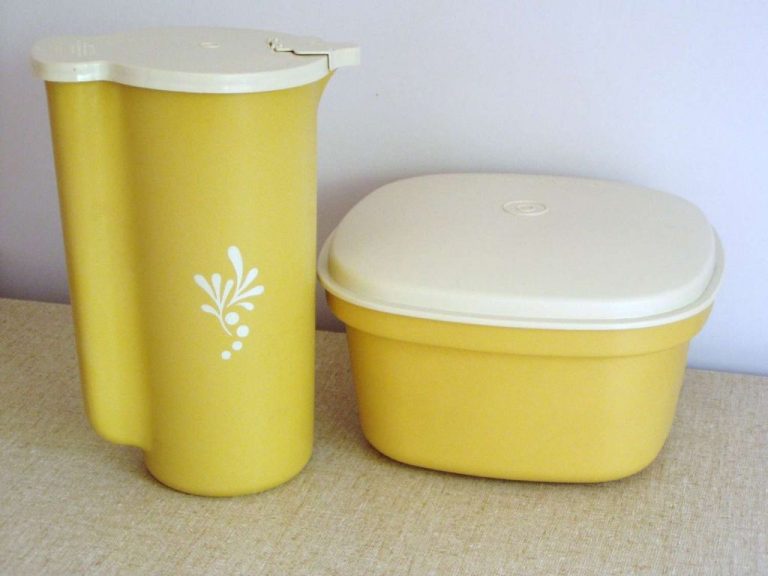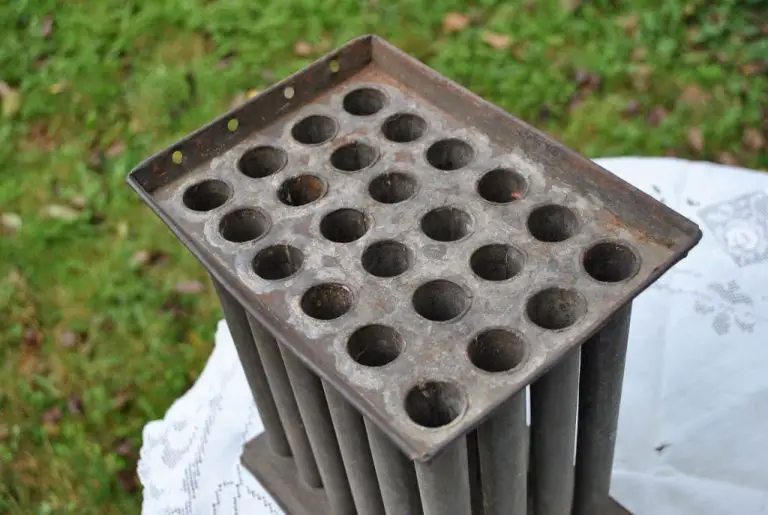What Can I Use Instead Of Soap Molds?
Soap molds are containers used to shape homemade soap bars. They come in a variety of materials like silicone, plastic, or wood. Molds allow soapmakers to create a range of fun and artistic designs like flowers, animals, or geometric patterns. The soapmaking process involves pouring liquid soap base into the mold, letting it harden and then removing the solid soap bar once cured.
With the rising popularity of homemade bath and beauty products, soap molds have become a must-have tool for hobbyist soapmakers. Although readymade molds are easily available online and in craft stores, many soapmakers also look for DIY alternatives and household items that can be repurposed as soap molds. These substitutes provide a cheaper and more customizable solution for shaping handmade soaps.
Silicone Molds
Silicone is one of the most common and versatile materials used for soap molds today (Silicone Soap Mold Market Share Evolution and Market Growth Trends 2024–2031). Silicone has many beneficial properties that make it an ideal soap mold material. It is flexible yet durable, and its flexibility allows easy release of the cured soap. Silicone also withstands the caustic nature of lye solutions used in soapmaking.
The flexibility of silicone allows soapmakers to create molds with intricate designs and details. Silicone molds can be purchased ready-made with fun shapes like flowers, seashells, and more. Silicone is also easy to find around the home. Silicone baking molds, ice cube trays, and candy molds can all be repurposed as DIY soap molds. The smooth surface of silicone allows the molds to be used over and over again with easy cleanup between uses.
Wooden Molds
Wooden molds are a classic, natural option for handmade soaps. These come in two main types:
- Individual wooden molds, which are shaped like loaf pans but made from wood. Each mold makes one bar of soap at a time.
- Wooden slab molds or loaf molds, which are similar to a baking sheet pan but have dividers inside to separate the slab into individual bars once hardened.
The benefits of wooden soap molds include:
- Wood gives soaps an organic, rustic, and artisanal look.
- Natural materials like wood allow the soap batter to breathe and prevents soda ash on the surface.
- Wood is good for retaining heat to assist with saponification.
To maintain wooden molds:
- Allow the molds to completely dry between uses to prevent mold growth.
- Lightly sand rough edges as needed.
- Apply food-grade mineral oil periodically to condition the wood.
Cardboard
Cardboard is a readily available and free material that many people already have around the house. It’s recyclable and reusable, making it one of the most eco-friendly options. With some preparation, cardboard can be transformed into custom soap molds.
To prepare cardboard for soap making, it’s important to create a waterproof barrier. Untreated cardboard will absorb water and fall apart when used with soap. Create a protective layer by painting cardboard molds with mod podge or clear acrylic paint. Apply at least 2-3 coats, allowing it to fully dry between applications. The cardboard will harden with a smooth plastic-like seal.
For added sturdiness, glue two pieces of cardboard together at a 90 degree angle. The cardboard should be thin and flexible enough to peel away from hardened soap, but thick enough to hold its shape. Avoid corrugated cardboard which may leave marks.
Before pouring soap, line the cardboard mold with plastic wrap or freezer paper. Unwrap the finished soap once hardened. With proper sealing and lining, cardboard makes an inexpensive and customizable soap mold.
Milk Cartons
Milk cartons make a great alternative to soap molds. You can reuse milk cartons that would otherwise be thrown out to give them new life as DIY soap molds. Both plastic and paper cartons can work for this purpose.
Plastic milk jugs are very sturdy and hold their shape well when filled with soap. Make sure to clean them thoroughly before using. Cut off the top spout and handle to create an open container. Plastic allows you to create molds in fun shapes by cutting the sides.
Paper cartons, like those for milk or juice, also work as soap molds. Ensure they are fully dried out before pouring in soap batter. The cardboard sides will need to be held in place with rubber bands or tape while the soap sets up. Paper molds are good for one or two uses before the cardboard starts to break down.
Reusing milk cartons as DIY soap molds is an eco-friendly and creative way to repurpose common household items.
Yogurt Containers
Yogurt containers make excellent soap molds. They are typically made from #5 polypropylene plastic which is food safe and heat resistant. Reusing old yogurt containers is an eco-friendly option since it reduces waste. The small, individual containers are the perfect size for guest soaps or samples. Their smooth walls make it easy to unmold completed soaps.
There are several benefits to reusing plastic yogurt containers as soap molds:
- Free – Since most households regularly eat yogurt, used containers are usually easy to find and cost nothing.
- Convenient sizes – From large family-size tubs to single-serve cups, yogurt containers provide built-in portion control.
- Stackable – Their uniform shape allows finished molds to be neatly stacked for curing and storage.
- Reusable – Containers can be washed and reused multiple times before recycling.
- Quick unmolding – The smooth sides offer clean, easy release of cured soap.
- Plastic durability – Polypropylene plastic withstands heat from soap batter and won’t degrade like paper or cardboard.
- Environmentally friendly – Repurposing reduces waste and the need for new materials.
PVC Pipes
PVC pipes make an easy DIY option for creating custom-sized soap molds. You can buy PVC pipes from your local hardware store and simply cut them to the size you need with a handsaw or pipe cutter. Make sure to sand the cut edges so they are smooth.
To seal the ends of the PVC pipe, you have a few options. You can hot glue a piece of cardboard to the end, or use silicone or another waterproof adhesive. For a tighter seal, apply petroleum jelly or vegetable oil along the end of the pipe before capping it. This will create a waterproof barrier when the soap hardens.
PVC allows you to make long bars of soap or round soaps in any size. Just make sure the pipe is big enough to easily slide your finished soap out when it has hardened and set.
Cake Pans
A great way to easily make custom soap molds at home is to use aluminum and nonstick cake pans. Look for disposable round or loaf cake pans, as these will work well for soap making and can be thrown out after if you don’t want to deal with cleanup and removing soap residue. Cover the inside of the cake pan with freezer paper or parchment paper before pouring in your soap batter. This will allow the hardened soap to pop out easily once it has set up. The paper provides a nonstick barrier so your soap releases cleanly from the cake pan. Make sure the freezer paper is pressed smoothly against the bottom and sides of the pan so there are no air pockets. For simple cubed or loaf shaped soaps, a cake pan lined with freezer paper is a handy soap mold to have on hand.
Jello Molds
Jello molds made of vintage glass or plastic can be repurposed as nostalgic soap molds. These retro molds often have decorative shapes like flowers, stars, or even cartoon characters. Using a jello mold for soapmaking allows you to create decorative soaps that have a fun, retro look.
The glass and plastic materials that many vintage jello molds are made of are perfect for casting soap. They are non-porous and easy to clean. Look for jello molds that are in good condition without any cracks or flaws in the mold itself.
Vintage jello molds can usually be found at flea markets, antique stores, or online auction sites. You may be able to find entire sets of matching jello molds to create visually appealing, nostalgic soaps. Clean and sanitize the molds thoroughly before using them.
To use a jello mold, prepare your soap batter and pour it into the mold. Allow the soap to fully harden and unmold it. You’ll be left with decorative soaps that have a dose of retro charm. Jello molds are a unique and thrifty way to create fun soaps without specialty soap molds.
Conclusion
This overview covers various creative, cost-effective alternatives to traditional soap molds that can be experimented with in the kitchen or craft room. From repurposing household items like milk cartons and yogurt containers, to crafting molds from wood, cardboard or PVC pipes, there are many options beyond purchasing silicone molds.
The key advantage of these substitute molds is allowing hobbyists and soap makers to begin crafting without investing in expensive supplies upfront. Molds can be shaped in endless ways using hands-on creativity and inexpensive, accessible materials. Even failure leads to learning and inspiration for the next attempt.
Soap making should be an enjoyable, creative endeavor open to anyone. With an experimental mindset and willingness to try new ideas, beautiful handmade soaps can be crafted using these substitutes for soap molds.




